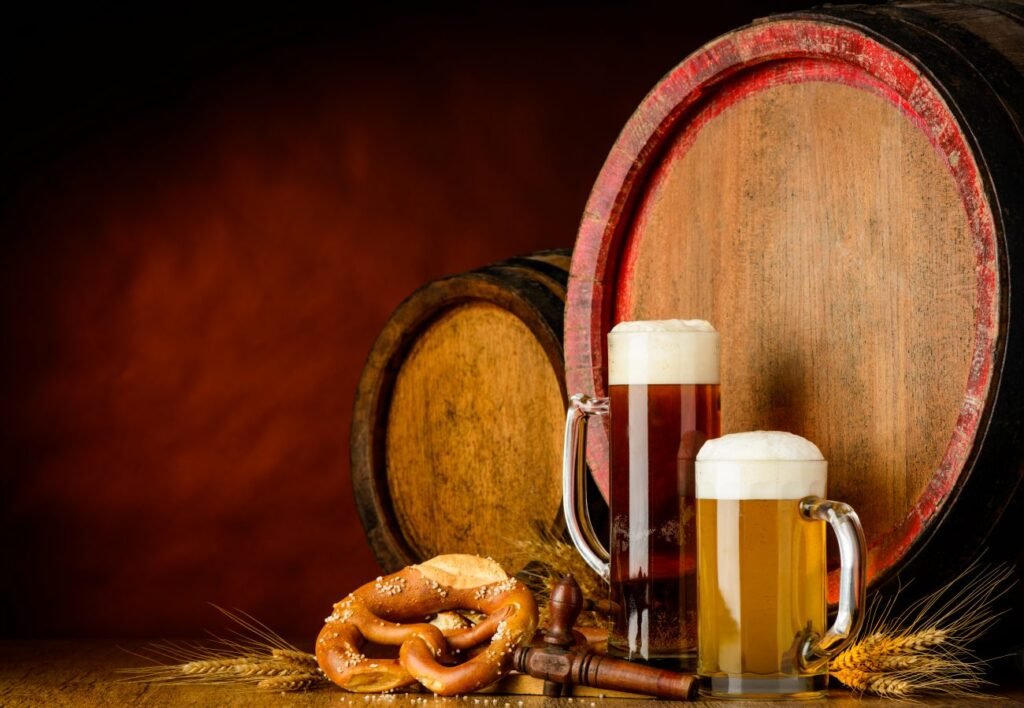Like most beer stories, the true origins of a bock beer is still an uncertainty. Bocks date back to the Medieval era and historically they are more than just a beer. So, what’s a bock beer?
Originated in the Northern German city of Einbeck, the name “bock” is based on a corruption of the name “Einbeck”. This was primarily due to the Bavarian accent where Einbeck was pronounced as Ein-bock. Eventually, the term “bock” was associated with the beers in superior strength. Bock, in German, translates to “Billy Goat” and is often used in logos and commercials. Despite the robust flavours and higher ABV, most Bocks, with the exception of Weizenbock, are actually bottom-fermenting Lagers.
Styles of Bock
Majority of the bocks are strong with an ABV of 6.3% and above. There are several sub-styles categorised under bocks. Let’s dig into these sub-styles down below.
Helles Bock
Helles bock is a medium-bodied, pale and malty German lager traditionally served during the springtime or in the month of May. Maibock is another name for Helles Bock. ABV typically ranges from 6.3% to 7.4%
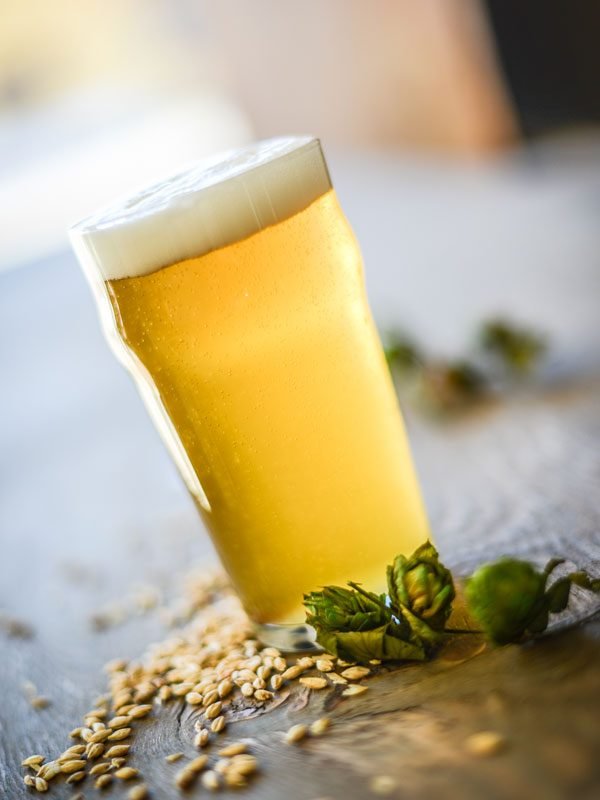

Dunkles Bock
Dunkles Bock is slightly darker compared to a Helles Bock. It is a malty rich German lager which often has bready and toasty notes. Alcohol strength ranges north of 6.3%
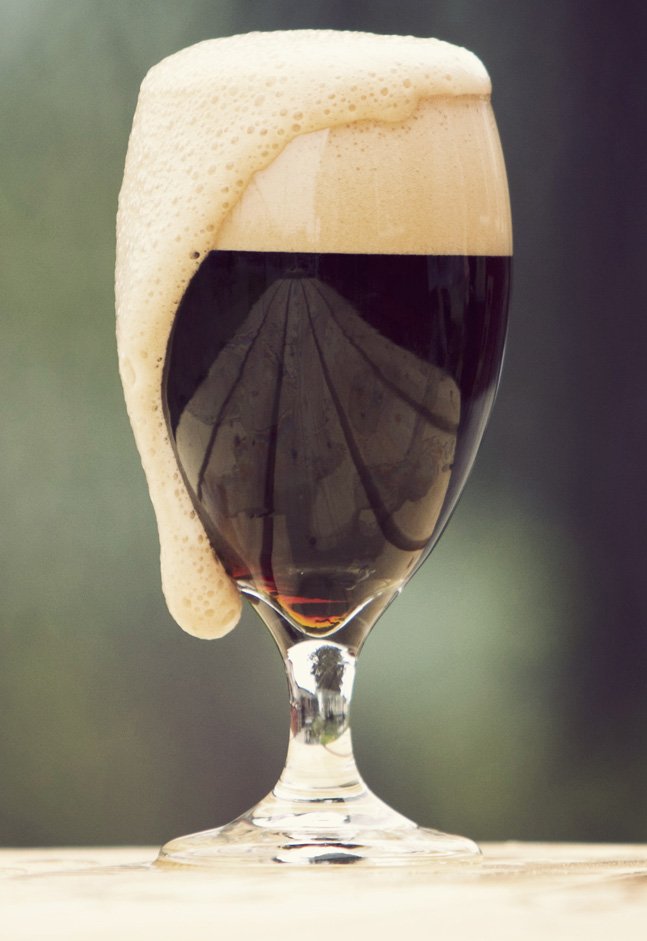

Doppelbock
Doppelbock was first brewed in Munich by the monks of St. Francis of Paula. For monks, it was a symbol for good times to come. Known as “liquid bread”, Doppelbock was often consumed by monks during the Lent fast


Doppelbock is stronger, richer and full-bodied than a Dunkles Bock. These are higher in strength where ABV ranges from 7% – 10%.
Eisbock
A strong, full-bodied, rich and malty German lager with concentrated flavours of caramel, toast, chocolate and dark fruit esters.
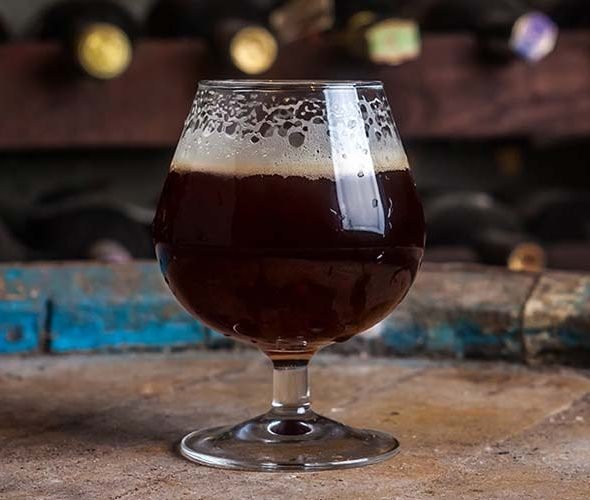

Accidentally brewed in the region of Kulmbach by freezing Doppelbock, Eisbock is rich and concentrated. Post freezing, ice is removed from the beer to concentrate the flavour and alcohol content. As a result, ABV is higher than all other bocks ranging from 9% to 14%.
Weizenbock
Weizenbock is the only style among bocks which is a top-fermented wheat ale. In comparison, it is stronger and richer than a Hefeweizen or a Dunkelweizen.
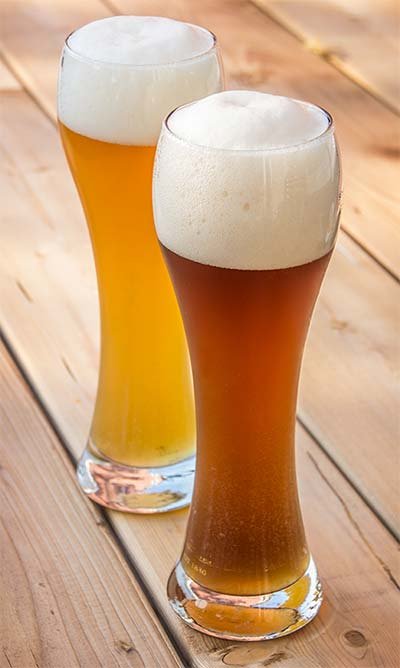

Weizenbock can exist either in pale or darker versions. Paler versions have rich bready characters along with notes of banana, bubblegum, and clove. Darker Weizenbocks can have dark fruit aromas such as prunes, raisins, or plums. Alcohol falls in between 6.5% to 9%.


